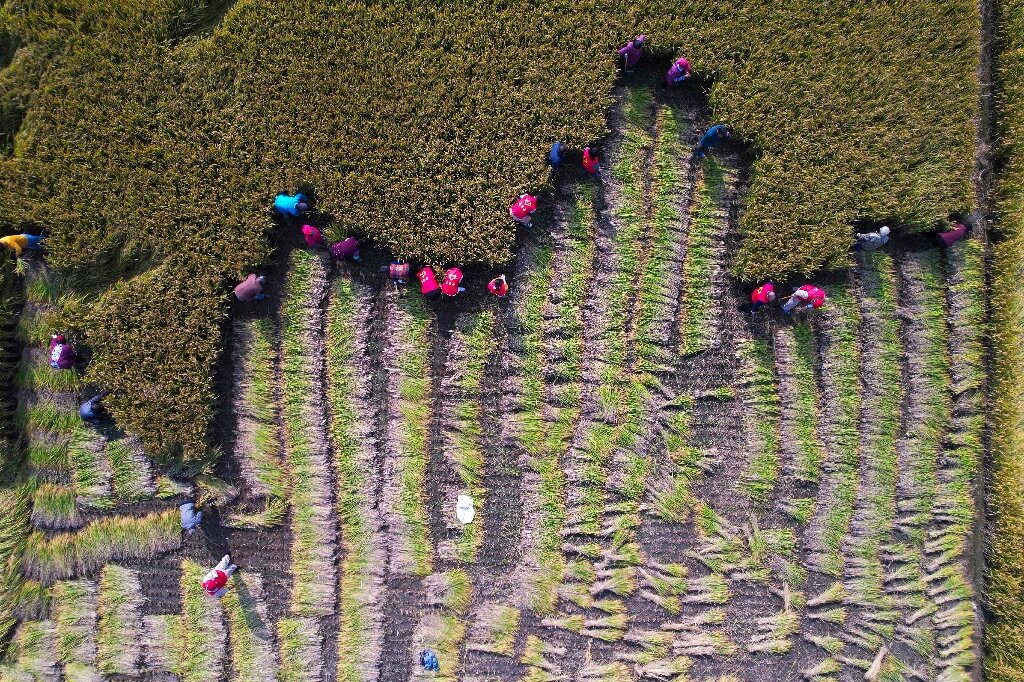
A new study shows that ground-level ozone is reducing yields of rice, wheat and maize in parts of Asia.
A new study says that high levels of ozone pollution in Asia are costing China, Japan and South Korea an estimated $63 billion annually in lost rice, wheat and maize crops.
Ozone forms a protective layer around the Earth in the upper atmosphere, but it is a harmful pollutant at ground level.
It is created by a chemical reaction when pollutants from cars and industry combine in the presence of sunlight and interfere with plant growth.
The research published Monday shows that ozone affects the crop yields in Asia more than previously thought.
The study's authors said the findings should push policymakers to reduce emissions.
The University of Tokyo professor and co-first author of the study said that air pollution control in North America and Europe succeeded in lowering ozone levels.
He told Agence France-Presse that we need to repeat that success in East and South Asia.
Some of the varieties that are not prevalent in Asia have been used to estimate the effects of ozone on staple crops.
A study in Nature shows a graph of crop losses due to ozone air pollution in China, Japan and South Korea.
To get a more accurate picture, the researchers looked at varieties common in the region and did experiments with crops in pots but also in fields.
They exposed rice, wheat and maize to different levels of ozone and used the results to model how different ozone levels affect plant development.
They tested the model with a second experiment in which the crops were treated with a chemical that protects against the effects of ozone, to see if the yield increased in line with their estimates.
There is a threat to food security.
The researchers applied ozone data from more than 3000 monitoring sites in China, South Korea and Japan to their model.
They found that 33 percent of China's wheat crop is lost annually because of ozone pollution, with 28 percent lost in South Korea and 16 percent lost in Japan.
The researchers found that hybrid strains were more vulnerable than inbred ones. In South Korea and Japan, the figure was less than five percent.
Asia supplies 90 percent of the world's rice.
The maize crops in China and South Korea were affected. In Japan, the crop is not grown in large quantities.
Ozone monitors are mostly in urban areas, and levels in rural areas are often higher, according to the researchers.
In a region that supplies 90 percent of the world's rice and 44 percent of its wheat, surface ozone poses a threat to food security.
It has been known for a long time that ozone has a large impact on crop production.
The yield loss in rice may be shocking for those who have never heard of it before.
According to the study, $63 billion in annual losses are estimated, and Kobayashi hoped the findings would encourage people to take action.
In North America and Europe, ozone-caused crop yield loss has been declining.
2022.
The study found that ozone pollution costs Asia billions in lost crops.
The document is copyrighted. Any fair dealing for the purpose of private study or research cannot be reproduced without written permission. The content is not intended to be used for anything other than information purposes.